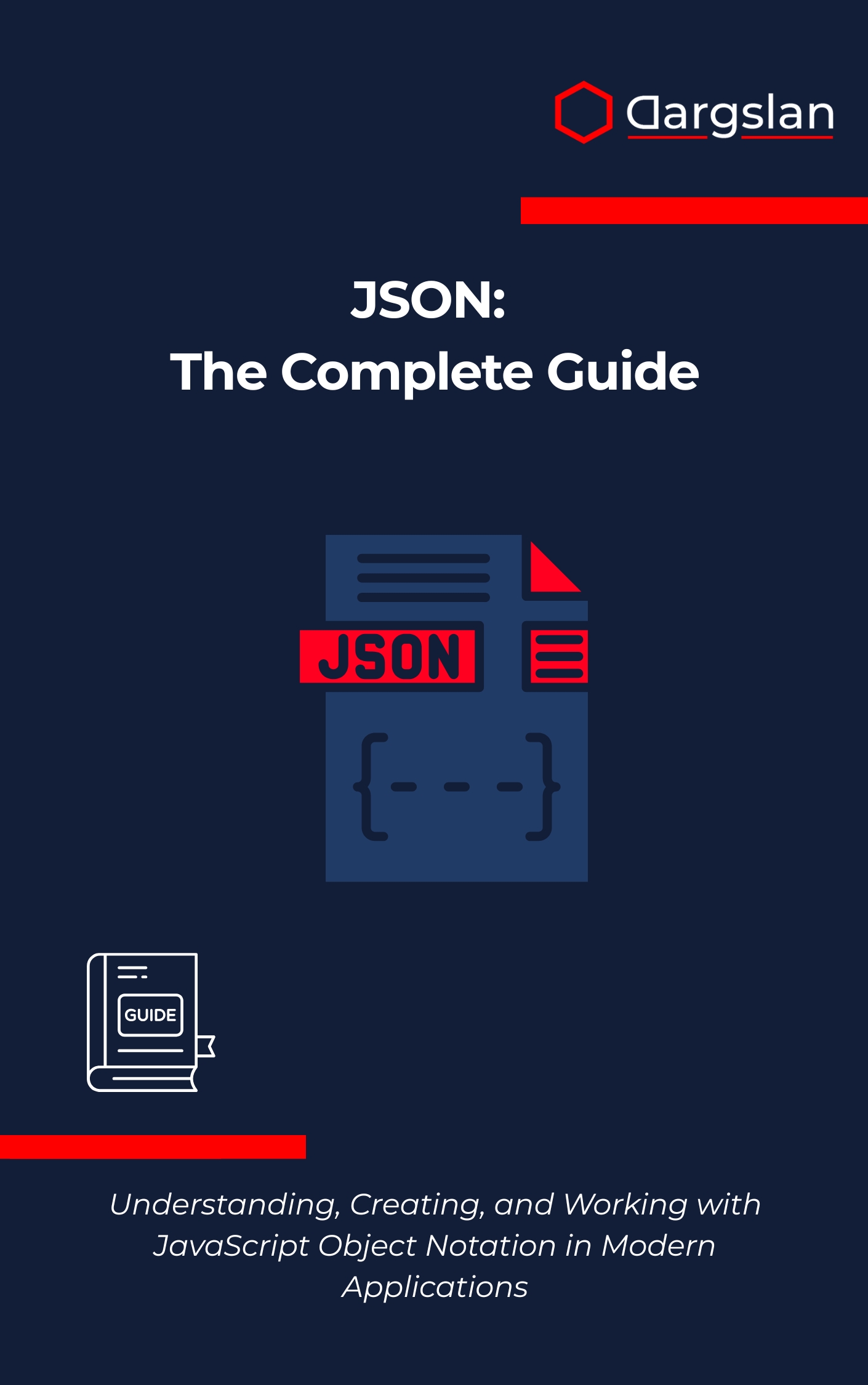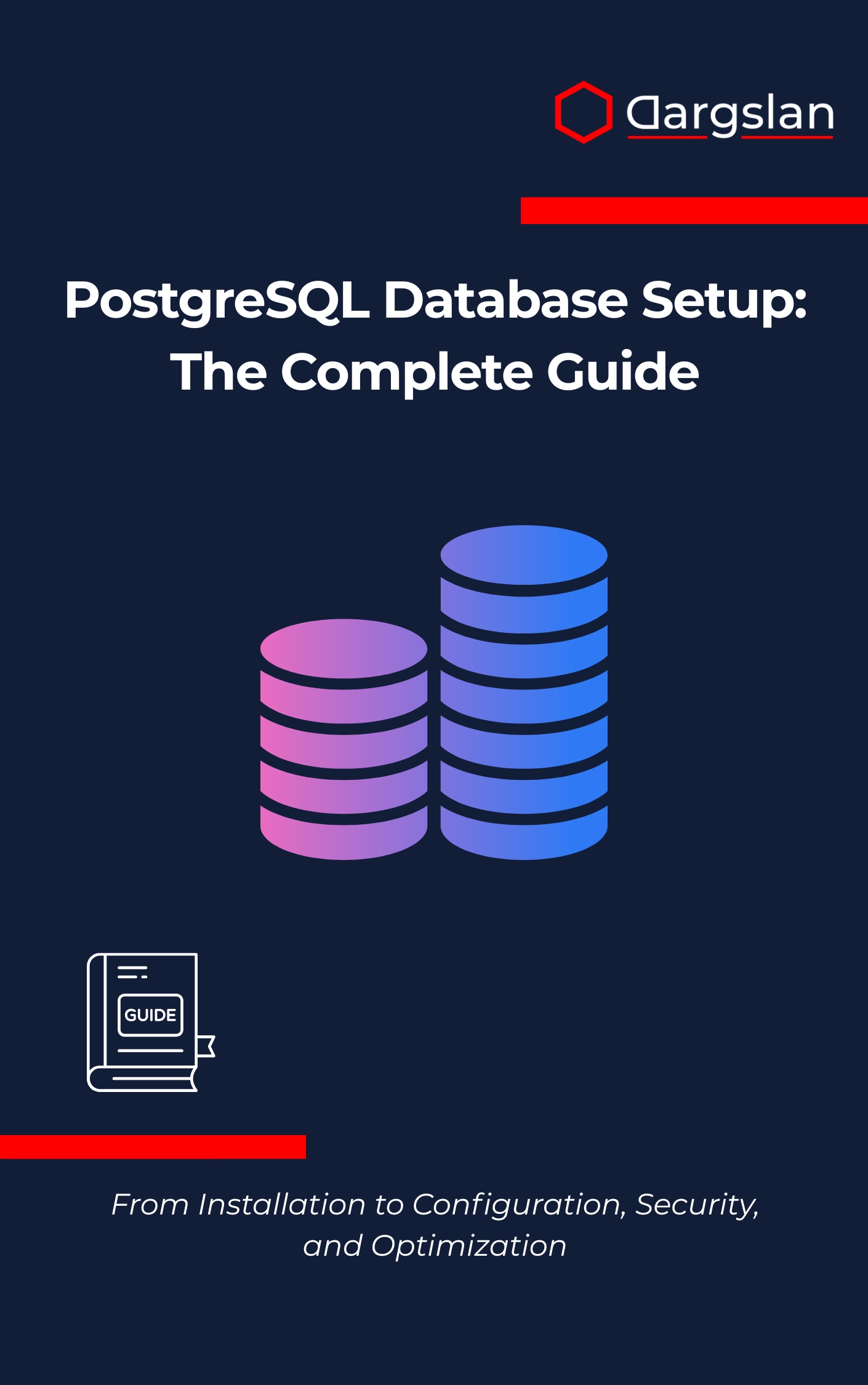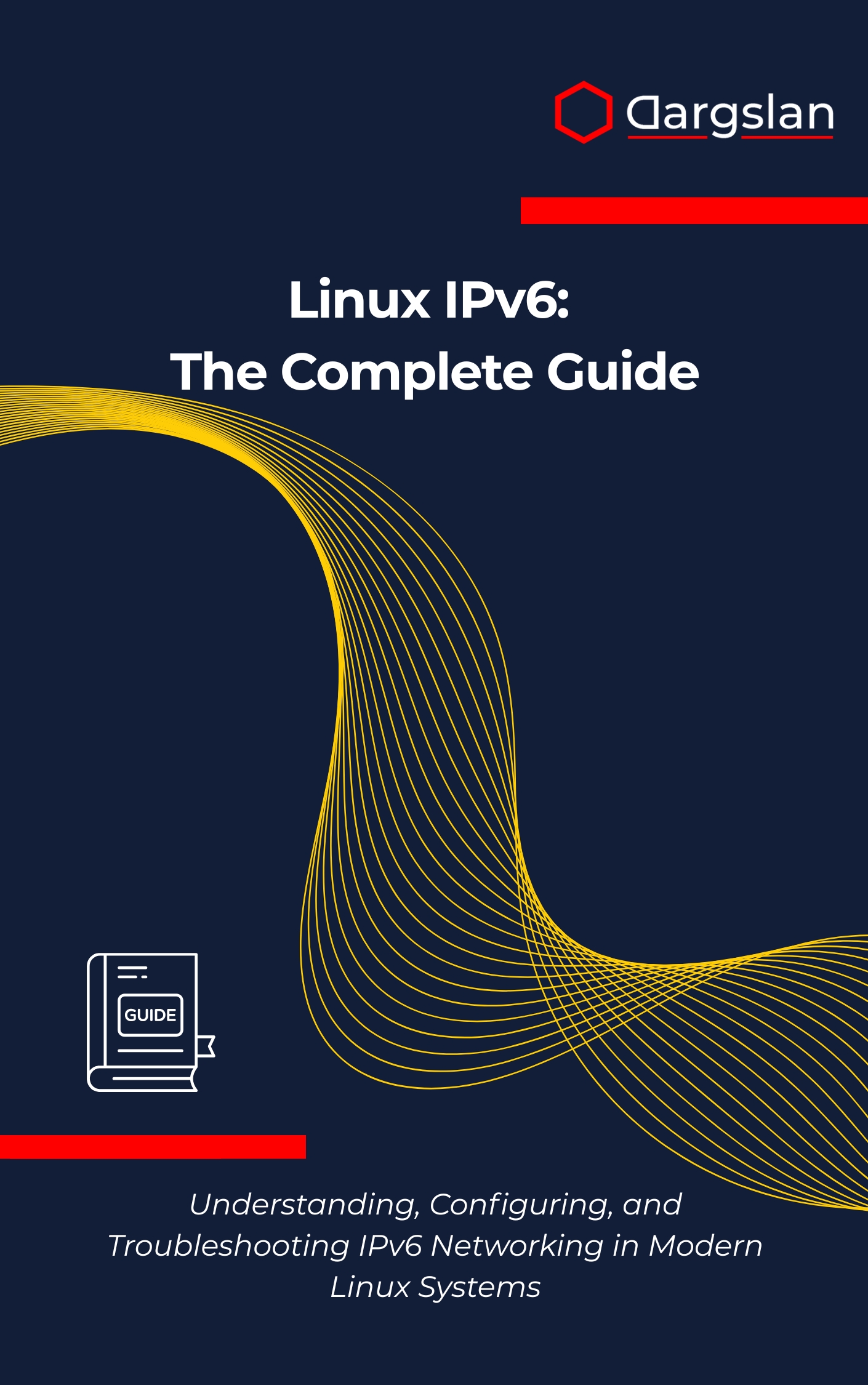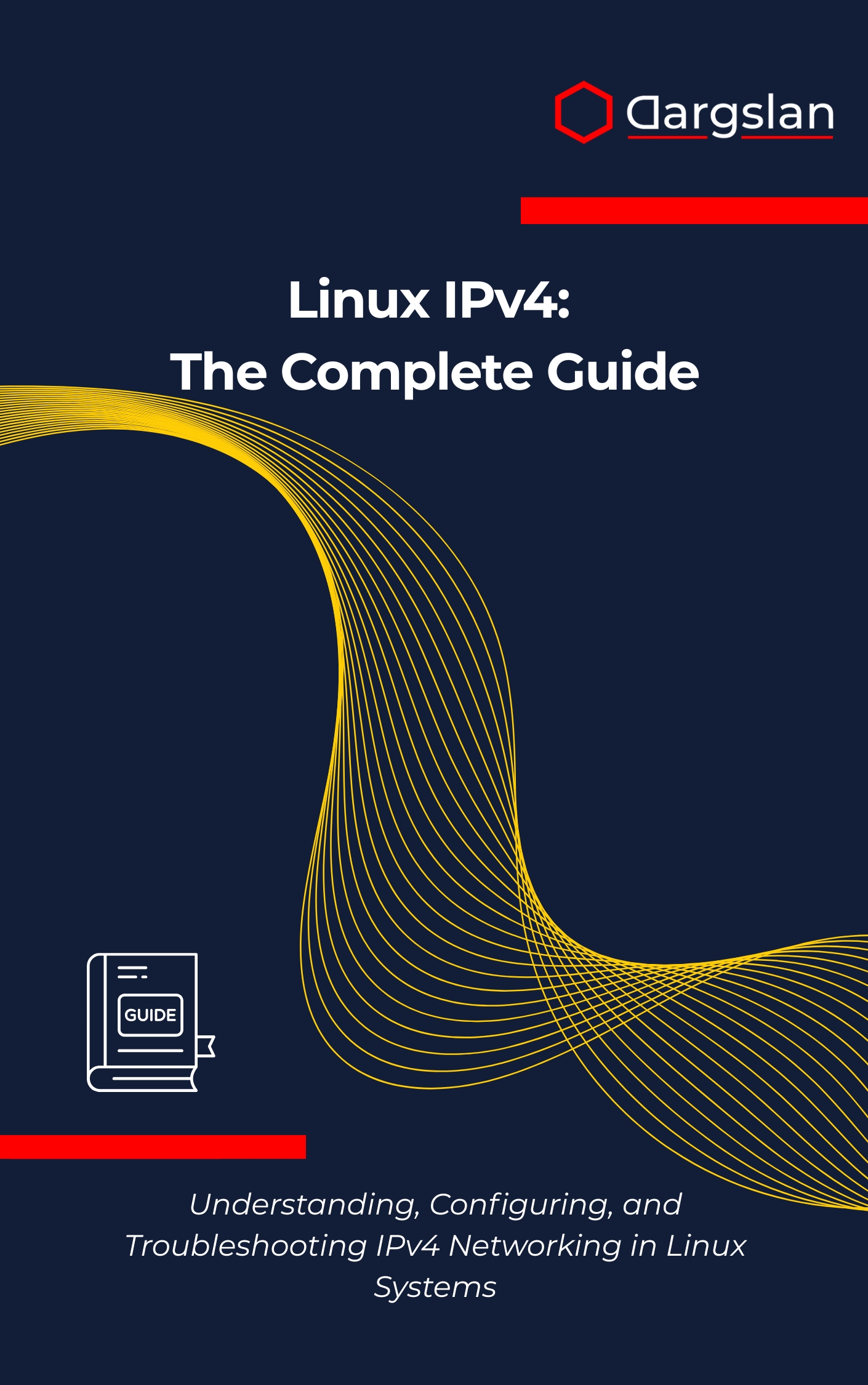Managing the Linux Boot Process
Remote Development with SSH and VS Code,Code remotely using VS Code and SSH for a smooth Linux development workflow.

When a Linux system refuses to boot, minutes feel like hours. This book turns opaque, high-stakes startup phases into a clear, controllable workflow you can diagnose, repair, and optimize with confidence. If you manage servers, embedded devices, or lab machines, the insights here will save time and prevent outages.
A Comprehensive Guide to Bootloaders, System Initialization, and Troubleshooting
Overview
Managing the Linux Boot Process is A Comprehensive Guide to Bootloaders, System Initialization, and Troubleshooting that demystifies every stage of the Linux boot sequence, from BIOS and UEFI firmware handoff to kernel loading and initialization and on through system initialization. It provides hands-on coverage of GRUB2 bootloader configuration, initramfs and initial RAM disk customization, SysVinit and systemd comparisons, boot process analysis, troubleshooting and recovery strategies, dual-boot management, boot optimization, and rescue mode procedures, making it an indispensable Linux IT book for practitioners. Whether you need a practical programming guide for infrastructure engineers or a reference-grade technical book for on-call administrators, this resource helps you standardize and streamline critical startup operations across diverse environments.
Who This Book Is For
- System administrators responsible for uptime and compliance who need repeatable, low-risk procedures. Learn how to stabilize complex fleets, standardize GRUB2 bootloader configuration, and automate boot process analysis so you can resolve incidents before they escalate.
- DevOps engineers and Linux developers seeking deeper visibility into the startup path. Translate kernel loading and initialization internals, initramfs and initial RAM disk customization, and system initialization nuances into actionable pipelines and CI diagnostics.
- Power users, SREs, and students determined to master real-world troubleshooting and recovery. Build confidence with rescue mode procedures, dual-boot management best practices, and performance-focused boot optimization that pays off in production.
Key Lessons and Takeaways
- Master the firmware-to-bootloader chain and recover from failure. Understand BIOS and UEFI firmware differences, secure boot considerations, and GRUB2 breakpoints so you can pivot quickly using GRUB rescue commands and verified boot paths.
- Control the early userspace to accelerate and harden startup. Customize initramfs, tune kernel parameters, and compare SysVinit and systemd behaviors to reduce boot time, isolate regressions, and construct reliable rollbacks after kernel or module changes.
- Diagnose and fix boot issues with a repeatable playbook. Apply structured boot process analysis, interpret logs and journal events, and use standardized rescue mode procedures to restore service fast across virtual machines, bare metal, and specialized Linux deployments.
Why You’ll Love This Book
This guide balances depth and clarity, pairing step-by-step guidance with real incidents and hands-on labs you can replicate. Each chapter aligns concepts to practical outcomes, from faster cold boots to dependable recovery in the middle of the night. Checklists, command summaries, and tool references make it easy to implement improvements immediately and keep them consistent across teams.
How to Get the Most Out of It
- Start with fundamentals, then move to advanced scenarios. Read sequentially through firmware, GRUB2, kernel, initramfs, and system initialization to form a mental model, then dive into dual-boot management, boot optimization, and edge-case recovery.
- Apply concepts on a test host before touching production. Snapshot VMs, practice GRUB2 bootloader configuration changes, and validate kernel loading and initialization tweaks while capturing timing data and logs for baseline comparisons.
- Reinforce learning with targeted mini-projects. Create a custom initramfs, implement a systemd-based boot process analysis routine, and document a rescue mode procedures runbook that your team can execute under pressure.
Get Your Copy
Be ready for the next boot failure—or prevent it altogether. Equip yourself with proven techniques that turn startup complexity into a fast, reliable, and secure foundation for every Linux system you manage.




